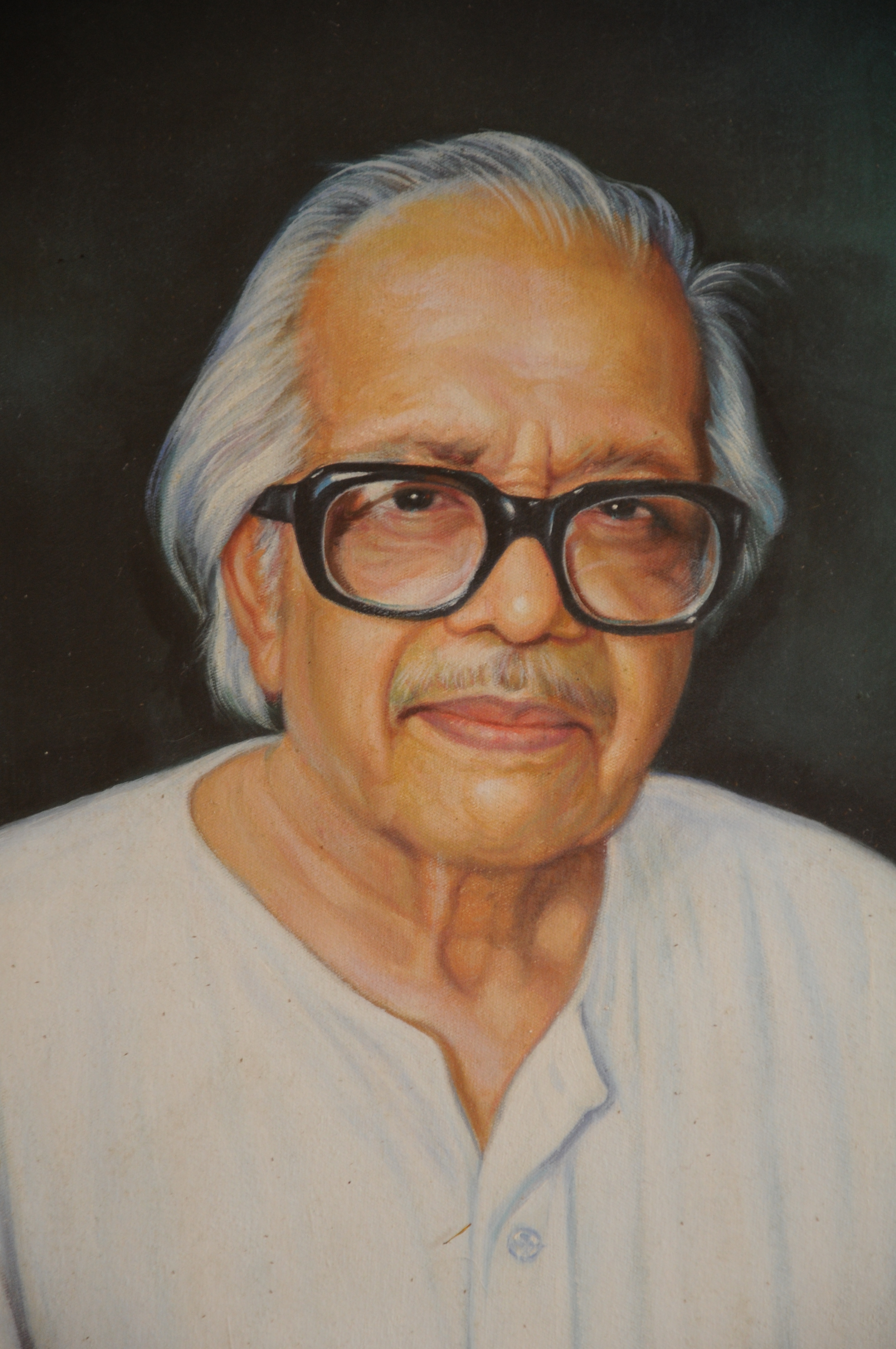Post-colonial Goan
politics has always been about playing the Hindu bahujan against their Catholic
counterparts. Fear of the Hindu bahujan is repeatedly instilled in Catholics
using the bogeyman of Marathi and merger; the Hindu bahujan are constantly made
hostile by falsely stating that the government panders to every Catholic
demand, and by stoking communal sentiments about forced conversions, the
Inquisition, western culture, food habits and so on and so forth. Of course,
both these sections are quite often pitted together against Muslims. In all of
this the hegemony of the Hindu upper-caste is left untouched. This pattern is
amply clear if we look at the Konkani language agitation in the past, and the
present mobilization of the Bharitiya Bhasha Suraksha Manch (BBSM) and RSS,
along with some Marathivadis. Note also the manner in which Nagri Konkani in the
Antruzi dialect (which is the dialect of the Saraswats) is still the official
language of Goa.
The movement by
the Forum for Rights of Children in Education (FORCE) launched in 2011, took a
clear stance against this hegemony. More recently, the issue of replacing the
old idol at the Marcaim temple in Ponda is on the boil, and is rightly termed
as a “Mahajan
v/s Bahujan” issue. Of course the antecedents of these two movements are
not recent. The demand made by FORCE – that of government funding for English
medium primary schools through an act of legislation – can be traced to the
resentment over the imposition of Nagri Konkani as medium of instruction (MoI)
from 1994. The conflict between the “Mahajans v/s Bahujans” also has a history,
with bahujan communities repeatedly trying to gain greater access and control
of the temple properties and management, currently in the control of the mostly
Saraswat Mahajans. The Nagri Konkani writer N. Shivdas, for instance, has been part of movements to gain access to such
brahmanical shrines.
With a judicious
and cautious use of the imagination, if we try to put these two movements
together, it can be argued that it is not just the temples across Goa that are
jealously controlled by Mahajans, but also the ‘temples of learning’ (pardon
the metaphor), thus sustaining their hegemony in Goan public sphere.
Allow me to
explain a bit more. By demanding that the Mahajan Act, or the Regulamento of
1886, be scrapped, the bahujan communities are in effect asking for a greater
control of temple resources, the upkeep of which uses their labour and devotion.
They are asking for the freedom and liberty to exercise their choice of
deciding how the temples are to be run. Similarly, the movement launched by
FORCE is also a movement that demands the freedom and liberty to make a choice
to educate children in the language that the parents deem fit. This choice, as
we all know, is currently held hostage to the irrational and casteist worldviews
and politics of the BBSM-RSS combine – in other words, ‘Mahajans’ of the
temples of learning. Isn’t it after all the futures of bahujan children that are
being held hostage by these ‘mahajans’?
It is a similar
form of power and hegemony that FORCE and the temple movement at Marcaim are
fighting. However, we need to point out and understand some shortcomings within
such movements.
In relation to the
movement spearheaded by FORCE, there are some crucial gaps in their political
mobilization that have come to light. Despite many views asserting
that FORCE’s demands are not just the demands of the Catholic community, FORCE was
cornered into being an organization which represents the demands of Catholics alone.
As O Heraldo’s group editor Sujay Gupta recently observed,
“…when the government was clearly trying to split the movement for rights of all [emphasis added] children by
catering to – or ostensibly catering to – just minority institutions, FORCE
allowed this to happen by not pointing out that the government was trying to
shift the goalposts”. In other words, there was complacency in FORCE’s
mobilization of making more and more allies.
Thus, one can
observe that FORCE failed to sustain a consistent articulation that its demands
are beneficial for the whole of Goa. Although
the bahujan movement at Marcaim does aim for larger political gains beyond the
control of temples, yet these aims are not articulated as such; or at least not
discussed in the Goan press. The ongoing debates only highlight the potential
impact that the Marcaim temple movement could have on the next elections. Limiting
(or allowing to limit) the Marcaim issue or the movement by FORCE to shifts in
electoral politics would mean that we set our eyes on short-term goals. Both
FORCE and the people leading the Marcaim temple movement should think of
themselves as fighting similar ‘Mahajan’ control and hegemony.
In the past, we
have seen some notable – though short-lived – attempts
to unite Catholics and bahujan Hindus through an alliance of the Marathi
Rajbhasha Andolan and Romi Konknni Andolan. Perhaps, the only way lasting
change can be brought about is by a sustained attempt over a number of years to
build solidarity between bahujan interests across religions, that is, assert
universal caste and class interests over other sectarian ones. It is in such
solidarity that the hope for a common, nurturing, and secure society lies.
(First published in O Heraldo, dt: 30 March, 2016)








